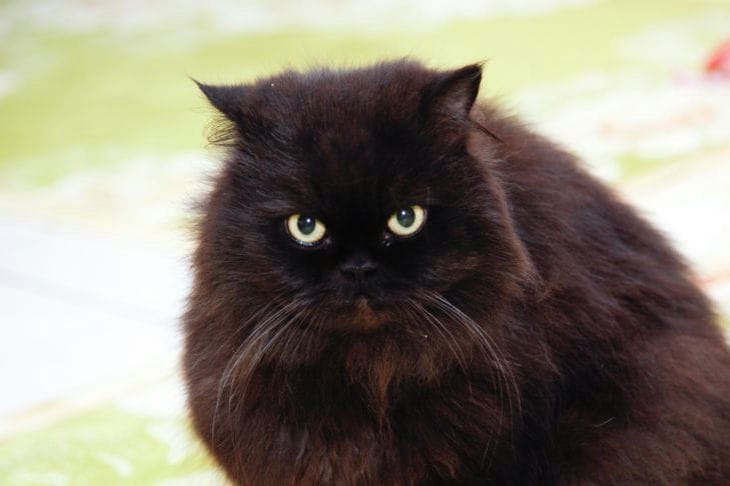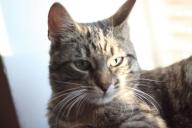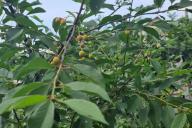As cats age, their nutritional needs change.
After 10 years, the animal's body functions differently, which requires adjustments to the diet.
Proper nutrition can significantly improve the quality of life of an older pet, maintaining its health and activity for many years.

Features of digestion in older cats
As cats age, their digestive enzyme activity decreases and their metabolism slows down.
This means that older animals require more easily digestible food with higher protein and lower fat content.
It is important to choose foods that do not overload the digestive system, but still provide all the necessary nutrients.
Protein as the basis of the diet
Protein remains a key component in the nutrition of senior cats, but it is important that it is of high quality and easily digestible.
Preference should be given to animal proteins from chicken, turkey or fish. These protein sources help maintain muscle mass, which tends to decrease in older animals.
Calorie control
Many older cats become less active, which increases the risk of obesity. Therefore, it is important to monitor the caloric intake of the diet.
Food for older cats should contain less fat, but still remain nutritious. Some manufacturers offer special lines of food with reduced calorie content for older and sedentary animals.
Vitamins and minerals
As cats age, their absorption of certain vitamins and minerals may be impaired. Therefore, it is important to include foods enriched with antioxidants, vitamins E and C, which support the immune system, in the diet of an elderly animal.
Omega-3 fatty acids are also important, helping to maintain joint health and cognitive function.
Hydration of the body
Older cats are more susceptible to dehydration, so it is important to provide them with constant access to fresh water. Many veterinarians recommend feeding wet food to help maintain the body's water balance. This is especially important for cats with kidney disease, which is common in older animals.
Feeding frequency
It is recommended to feed older cats small portions, but more often. This helps reduce the load on the digestive system and maintains stable blood sugar levels. The optimal regimen is considered to be 3-4 small meals throughout the day.
Specialized feeds
There are many foods on the market that are designed specifically for older cats.
They take into account all the features of the aging body and often contain additional components, such as glucosamine to maintain joint health or taurine for heart health and vision.
Individual approach
It is important to remember that every cat is unique, and what works for one animal may not work for another.
When choosing food for an older cat, you should take into account its individual characteristics, the presence of chronic diseases and the recommendations of a veterinarian. Regular check-ups with a specialist will help adjust the diet in accordance with the changing needs of the pet.
Transition to a new diet
When switching to a new type of food, it is important to do it gradually, over 7-10 days. This will help avoid digestive upsets and allow the cat to get used to the new taste.
You should start by adding a small amount of new food to the usual one, gradually increasing its proportion.








